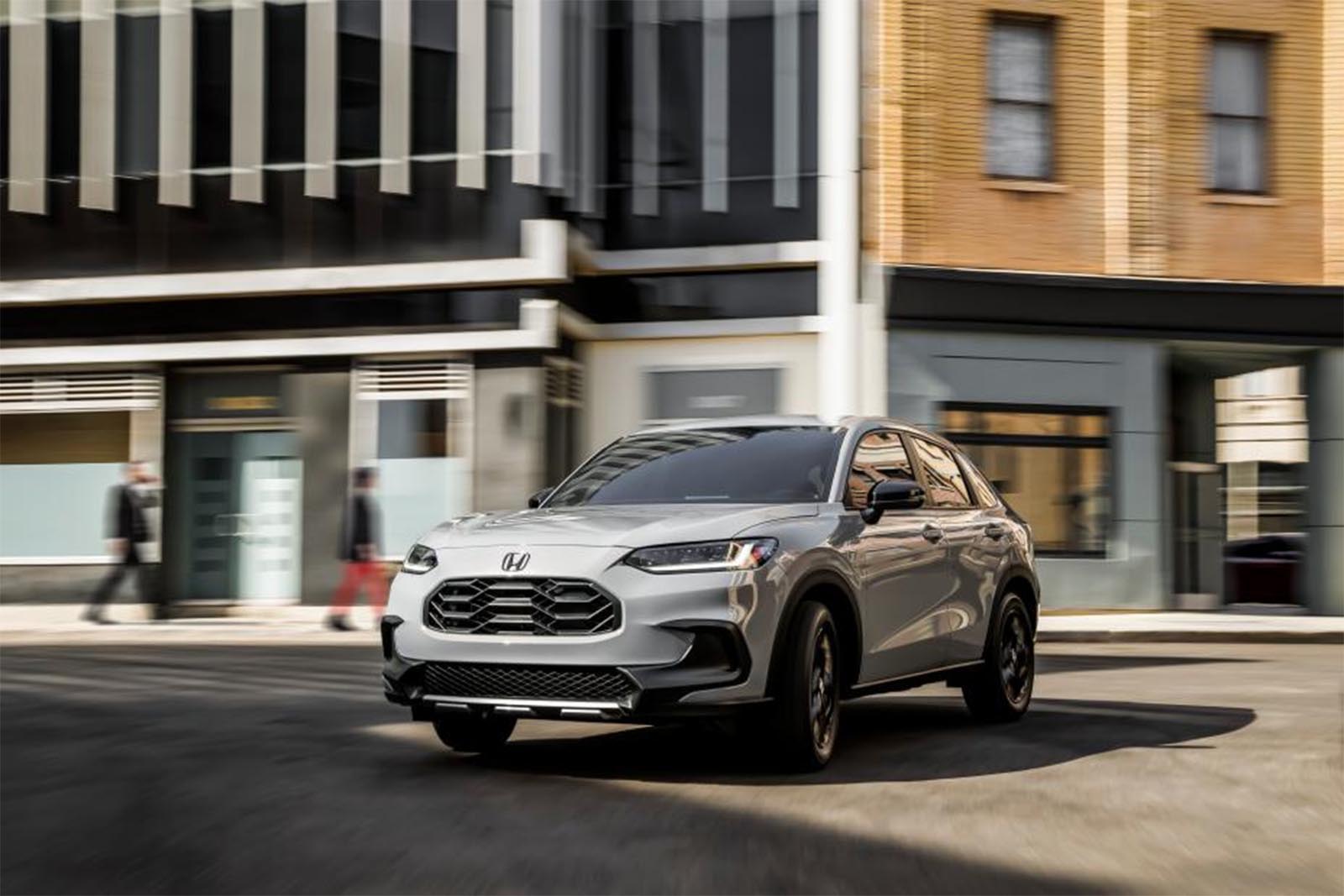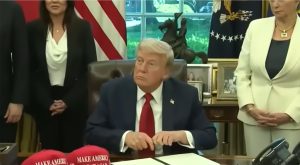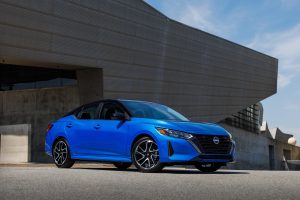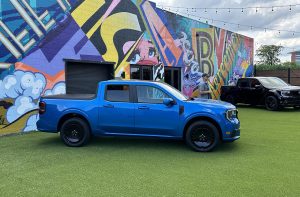Pres. Donald Trump’s 25% tariffs on imported autos and auto parts were intended to bring manufacturing and jobs back to the United States but, at least for now, the plan appears to be backfiring. Though a number of automakers are looking at ways to bring new vehicle production to the States, a new study shows that the industry will sharply reduce output in North America this quarter. And that, in turn, raises the prospect of U.S. auto jobs cuts. More from Headlight.News.
North American vehicle production is expected to dip by nearly 8% this year, according to a new study by AutoForecast Solutions, largely due to the impact of the Trump auto tariffs.
During the second quarter alone automakers are set to produce about 126,000 fewer vehicles, the equivalent of about a half the typical assembly plant’s normal output. There have already been temporary job cuts by several manufacturers, including Stellantis, as they adjust to the new, 25% duties on imported autos and auto parts.
The industry had originally expected to see a modest increase in demand – and production – this year compared to the roughly 16 million vehicles sold in the U.S. in 2024. But with manufacturers signaling they plan to pass at least some tariff costs onto consumers, there is widespread expectations that demand now will dip closer to 15 million. And Cox Automotive recently warned a recession could drop that as low as 14 million. Either way, production will decline, at least for now, due to the tariffs.
Trade deals slow to emerge

British Prime Minister Keir Starmer hailed a trade agreement with the U.S. as “historic.” But it does not call for any British auto production to move to the U.S.
Facing growing concerns about the impact of the “Liberation Day” tariffs he announced in March, Pres. Donald Trump has delayed, scaled back or canceled various tariffs – among other things eliminating them on foreign-made computers and smartphones. Earlier this month trade negotiators reached a deal with the UK rolling back tariffs on British-made vehicles and parts.
Several other trade deals are under negotiation, notably including talks with China. So far, however, they have yet to be formalized. The administration did last week roll back duties on many Chinese-made goods, such as electronics and toys. But auto tariffs remain in place and run as high as 100% on battery electric vehicles.
Notably, the agreement with the United Kingdom failed to include any commitment by that trading partner to move vehicle production to the United States. That was a primary goal of Trump’s as he announced the automotive tariffs – as well as duties on imported steel and aluminum.
Tariffs could create more jobs – eventually
Several manufacturers have announced plans to boost U.S. vehicle output, including Hyundai. Others have indicated they likely will take similar steps. But Honda last month denied reports it is looking transfer some production from Mexico.
Part of the problem is that shifting production from foreign plants may add more cost to a vehicle than a manufacturer would face paying tariffs, AutoForecast Solution’s lead analyst Sam Fiorani told Automotive News. “The consumer might not see a minivan from Canada or an Equinox from Mexico being worth the extra money,” he said.
In some cases, automakers are reportedly looking to bring back some products if they have space in underutilized American plants. Nissan, for one, is studying whether it makes sense to move its Sentra model from a factory in Aguascalientes, Mexico, to a factory in Smyrna, Tennessee.
In more other cases, however, automakers would likely have to build new plants, said Fiorani, stressing that this “just doesn’t happen overnight. “It’s going to take three or four years before we can get a greenfield plant up and running with new production,” he cautioned.
More Tariff News
- Trump Tariffs Likely to Drive Budget Buyers Out of New Vehicle Market
- Trump Gives Some Tariff Relief to Automakers
- Automakers Find Ways to Offset Tariffs
Production, jobs may decline in the near-term
As a result, the general consensus is that production will decline as tariff costs drive down demand in a market showing resistance to price hikes. The average transaction price for a new vehicle sold in the U.S. in April topped $48,000, just short of an all-time record. According to Cox Automotive, that has priced millions of buyers out of the new vehicle market, a key reason why U.S. sales haven’t matched the record 17.1 million set in 2016.
Lower sales will likely impact production Canada and Mexico, as well. Mexico, in particular, assembles many of the entry-level models sold in the U.S., such as the Nissan Sentra, Honda HR-V and Volkswagen Taos. Even a modest tariff-driven increase in prices will sharply reduce demand, Cox analysts warned, and could result in a number of budget-based product lines being dropped entirely.
Even for mid-range vehicles, tariffs are expected to reduce demand and, consequently, production and jobs. Several automakers, including Stellantis, have announced temporary job closures to adjust production plans and analysts say more cuts could follow.









0 Comments